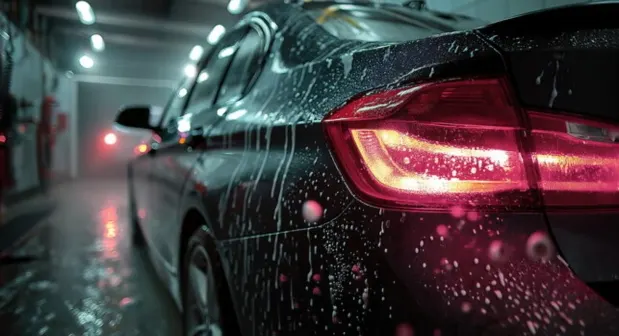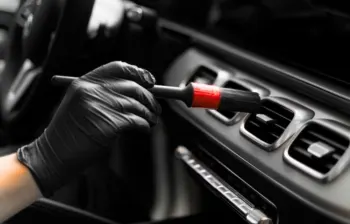


Embarking on a road trip is one of life's great pleasures—but skipping proper car preparation can turn a dream drive into a roadside nightmare. Whether you're chasing summer sunsets, leaf-peeping in fall, or seeking winter wonderlands, following a seasonal car prep checklist ensures safety, comfort, and peace of mind. Read on for our step-by-step guide to getting your vehicle road-trip–ready all year round.
Why it matters: Fresh oil reduces engine wear during long drives and extreme temperatures.
What to do: Change oil and filter if you're within 1,000 miles of your next service interval.
Why it matters: Prevents overheating in summer and freezing in winter.
What to do: Check coolant level and concentration; flush and refill if it's more than two years old.
Why it matters: Maintains braking performance and steering responsiveness.
What to do: Top off to "max" line; replace brake fluid every 2 years for optimal stopping power.
Why it matters: Clear vision and smooth shifting are non-negotiable on the open road.
What to do: Fill washer reservoir with seasonal formula (e.g., summer bug-remover, winter de-icer); inspect transmission fluid level and color.
Why it matters: Good tread prevents hydroplaning, improves traction on snow/ice, and extends tire life.
What to do: Use a penny or tread gauge—replace tires under 4/32" tread for winter travel.
Why it matters: Proper pressure ensures even wear, better fuel economy, and optimal handling.
What to do: Check pressures cold (before driving); adjust to manufacturer's specs (found in door jamb or owner's manual).
Why it matters: Snow tires or all-season tires can drastically improve winter traction; rotating evens out wear.
What to do: Install winter tires by late October; rotate every 5,000–7,000 miles or before a long trip.
Why it matters: Cold weather can sap battery power; a weak battery can leave you stranded.
What to do: Have voltage and cold-Zuvo Luxurying amps tested—replace if voltage falls below 12.4V.
Why it matters: Visibility is critical in rain, snow, or desert glare.
What to do: Inspect headlights, brake lights, turn signals, and hazard lights; replace any dim or burned-out bulbs. Swap wiper blades for all-season or winter blades in colder climates.
Why it matters: Road-trip terrain—mountain passes, coastal roads—demands reliable braking.
What to do: Listen for squeals or grinding; have a professional inspect pad thickness and rotor condition.
Why it matters: Ensures comfort on rough roads and maintains tire contact for safety.
What to do: Check for leaks or uneven ride height; replace worn components before hitting backroads.
No matter how well you prepare, unexpected delays happen. Pack a weather-appropriate emergency kit:
Basic tools: Screwdrivers, pliers, adjustable wrench
Jump-starter or jumper cables
Flashlight + extra batteries
First-aid kit & essential medications
Non-perishable snacks & water
Blanket, gloves & hat (for colder seasons)
Sunscreen & hats (for summer sun)
Portable phone charger
Store everything in a sturdy, waterproof container in your trunk or cargo area.
AC & Cooling System Check: Ensure air conditioning works efficiently; inspect belts and hoses for wear.
Sun Protection: Apply a UV-protectant dashboard dressing to prevent cracking and fading.
Allergen Control: Replace cabin air filter to reduce pollen and dust inside the cabin.
Rain-Ready: Upgrade to ceramic-coated wiper blades and apply rain-repellent to windshield.
Heater & Defroster Test: Confirm both systems clear windows and warm the cabin quickly.
Snow Recovery Gear: Carry a small shovel, ice scraper, and traction mats or kitty litter.